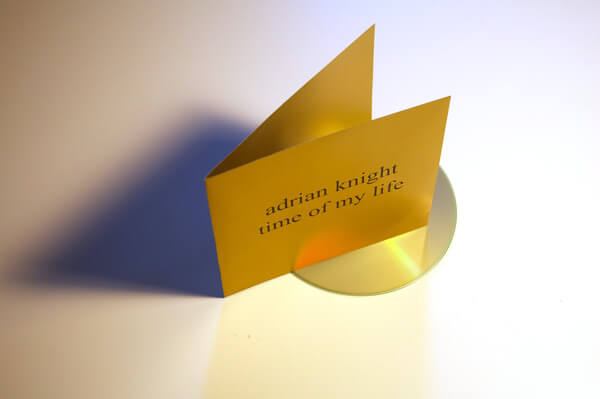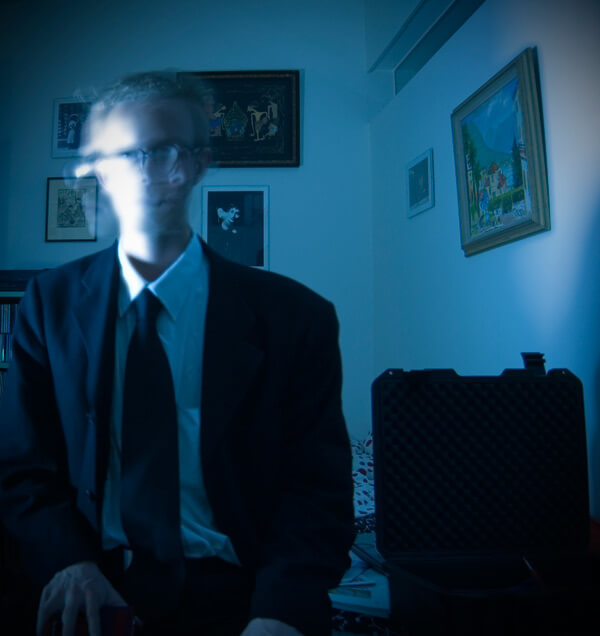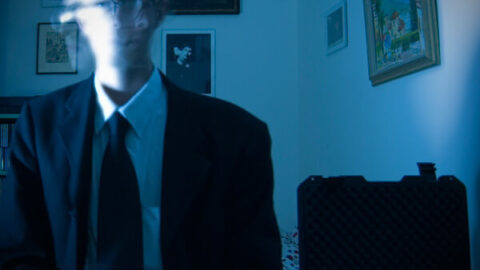![]() Twitter has surprised me. I initially was one of the skeptics, assuming that the 140 character limit would lead to a further degradation of the English language and perpetuate the epidemic that is our declining attention span. I joined at the request of my wife almost three years ago and, much to my dismay, realized I was entirely wrong. I’ve had serious conversations through this medium and met people for drinks in cities around the world. The connections I’ve made have been remarkable, and I once again find myself indebted to a twitter algorithm for suggesting I follow Adrian Knight (@adrian_knight_).
Twitter has surprised me. I initially was one of the skeptics, assuming that the 140 character limit would lead to a further degradation of the English language and perpetuate the epidemic that is our declining attention span. I joined at the request of my wife almost three years ago and, much to my dismay, realized I was entirely wrong. I’ve had serious conversations through this medium and met people for drinks in cities around the world. The connections I’ve made have been remarkable, and I once again find myself indebted to a twitter algorithm for suggesting I follow Adrian Knight (@adrian_knight_).
Knight is a Swedish composer residing in NYC, and runs “the smallest record label in the word,” Pink Pamphlet. My initial impression from the music on his website (adrian-knight.com) was to wonder why I hadn’t heard about him before; I felt like I was late in getting to know a fantastic composer. His music struck me immediately and has only become more interesting the more I listen. Moving between acoustic and electronic music (and combinations thereof), he is not afraid to explore musical ideas at length, but at the same time the sense of pacing is spot on. His music has been described as “eerie,” “mesmerizing,” and “serene,” but to these descriptors I would add “stunning.”

In October of last year, Knight released Time of My Life, which consists of four pieces from 2007-2009: Abide With Me, Border Fence, Pink Pamphlet 2, and Liebeslied September 29 2008. The outer pieces are both for solo piano while Border Fence is for electric guitar with loop sample and Pink Pamphlet 2 consists of only voice loops. Such variety could easily cause a record to feel disjointed, but these four pieces work wonderfully together.
Abide With Me is a ten-minute improvisation on the 19th century Anglican hymn of the same title. Knight takes this simple homophonic tune and creates a spacious meditation on sound. Snippets of the original melody occasionally appear, but for the most part Knight allows the music to breathe, reveling in the tone of the “very special piano” that inspired the piece. His improvisation also seems to respect the original material both in terms of content and aesthetic. Knight improvises with consonant, slowly moving chords, only rarely venturing into dissonance, creating an atmosphere of clam serenity. My only criticism of this otherwise beautiful piece is that it ends all too abruptly; the track simply fades out, leaving the listener wishing for resolution.
The strongest track on the CD is the second, Border Fence. While the combination of guitar and loop sampler has been abused by many an amateur musician, Adrian Knight finds a way to turn it into art. Two factors contribute greatly to the success of this piece, the first being his technique and the second pacing. Through the simple use of volume pedal and convolution reverb, Knight creates a sound that borders on electronic but retains the sensitivity of the human touch. Sustained tones have a richness and character that make each worth exploring, and that is where Knight’s pacing really shines.
Border Fence begins with 10 seconds of silence, only after which a single tone arrives, fading in and out slowly. Tones are gradually added, creating a quasi-harmonic basis for the work, before the first hint at motive is introduced 3.5 minutes in. From there, a rich counterpoint is developed, again neither too fast nor too slowly. This gradual accretion of musical material and its eventual dissipation is achieved with a sensitivity that proves immensely satisfying. (Readers may also be interested to hear a similar piece of his, unruhe, which is for six guitars with EBows and is twice as long.)

Pink Pamphlet 2 is a charming piece that uses voice loops effectively. While comparisons to Reich’s famous Come Out are probably inevitable, this is a different work entirely. There is never an audible text, and instead of using the voice as a means to demonstrate specific proceses, Knight creates a subtly-changing, consonant landscape. Still, the mood of this track differs from the tranquility that has been established, and seems to be a bit more forward, though it is never agressive. In a way, it is a welcome change of pace before the longest track of the CD.
The 30-minute piano piece Liebeslied September 29 2008 was originally written as a birthday gift, and is much more dissonant that the other compositions on the CD. This dissonance is created through the use of all twelve tones of the chromatic scale, but Knight never touches on rigorous compositional methods. Instead, Liebeslied seems to be more of an improvisation on a specific set of dyads. The slow pacing in his playing also seems to focus on a sound world, and the dissonance allows for a richer sonic experience. There is also considerable mechanical noise, mostly from the pedal, in Liebeslied. While most records strive for a purity devoid of such “distractions,” this CD embraces them. In doing so, Knight gives the recording a sense of character. The listener is no longer placed at a distance from the performer by private recording sessions, editing, and mastering, but instead seems to be sitting in the same room. For some, this may be a drawback, but I would highly encourage you to embrace it as Knight has.
On the whole, this is an eminently enjoyable CD, which also happens to be quite affordable. Readers can stream it in its entirety before (correctly) deciding to purchase it. I believe that Adrian Knight is a composer we will be hearing about much more in the future, and this is a wonderful opportunity to support him. I’ll add briefly that the CD contains an extra track, This is a Place to Be, that is not included with the download. I could review it as well, but I’d rather you have the pleasure of discovering that on your own.
—
R. Andrew Lee is an avid performer of minimalist and postminimalist piano music and records for Irritable Hedgehog Music. Follow him on twitter: @andyleedma.
























